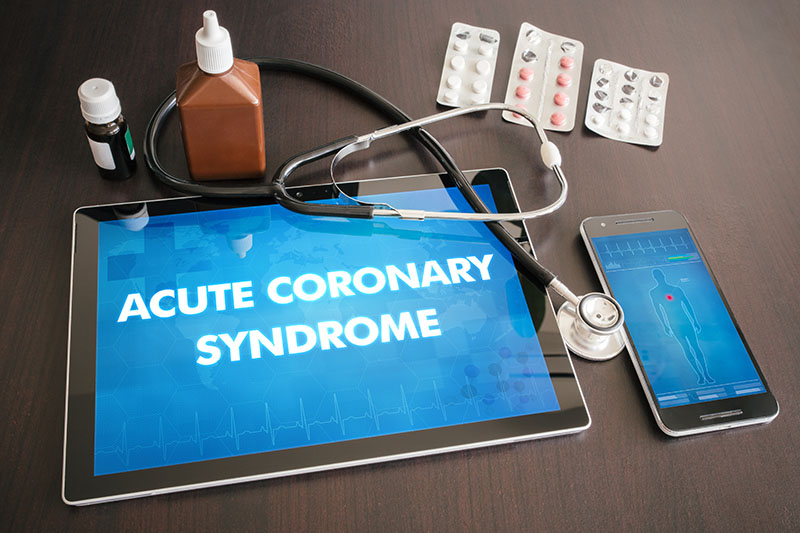Arq. Bras. Cardiol. 2020; 115(2): 226-228
Short Editorial: Distinct Prognostic Competence between the Clinical and Anatomical Models in Acute Coronary Syndromes: Comparison by Type of Outcome
This Short Editorial is referred by the Research article "Prognostic Contrast between Anatomical and Clinical Models Regarding Fatal and Non-Fatal Outcomes in Acute Coronary Syndromes".
Cardiovascular events, especially acute myocardial infarction, are the main causes of death in Brazil. In some European countries (e.g., France, Portugal, Italy), the 30-day mortality rates due to infarction have declined in recent decades to as low as 3% to 5%. This reflects the organization of healthcare logistics, including pre-hospital care, unified protocols, training, central regulation, and commitment to care. In Brazil, the 30-day mortality rates vary from 3% to 5% in advanced centers and 30% in those where care does not apply the recommended guidelines. This disparity usually reflects a still deficient public healthcare system that lacks diagnostic flowcharts, institutional protocols, central regulation, or professionals who are able to interpret the diagnosis for infarction using an electrocardiogram (ECG). Unfortunately, we still find that many centers lack equipment in emergency sectors (defibrillator, intubation materials, ventilators, electrocardiographs, vasoactive drugs, cardiac monitors, temporary pacemakers, and fibrinolytic drugs) and coronary units, as well as the lack of qualified professionals to provide the best treatment.
The recognition that acute coronary syndromes (ACS) constitute a heterogeneous disease in relation to prognosis was fundamental for the correct identification of individuals at higher risk, who require more intensive intervention. It has been shown that not all patients with ACS belong to high or very high risk categories; there is a considerable percentage consisting of young patients without classic risk factors that can be adequately classified into intermediate or even low risk categories. Thus, it is important to identify those patients at higher risk who need more intensive treatment. Important clinical studies have contributed to the evolution of the approach to patients with ACS. – Currently, the emerging focus on the involvement of socioeconomic factors in cardiovascular risk has been constantly reported.
[…]
201

